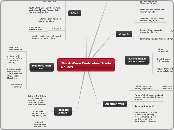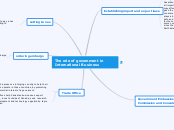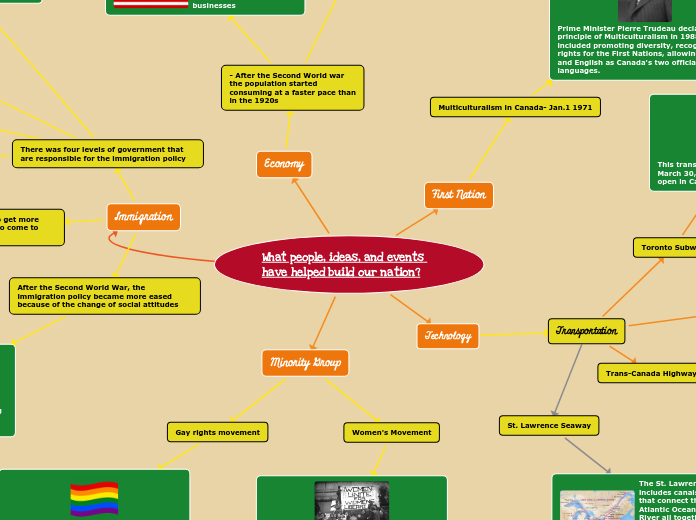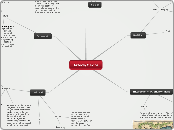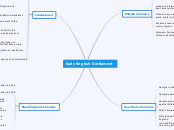によって Ben Woodberry 13年前.
1484
Third-Wave Civilization Trade Routes
The Third-Wave Civilization trade routes played a pivotal role in connecting diverse regions and fostering economic and cultural exchanges. The American Web, hindered by Panama's geographical bottleneck, saw limited interaction, primarily facilitated by Pochteca and Cahokian traders.
